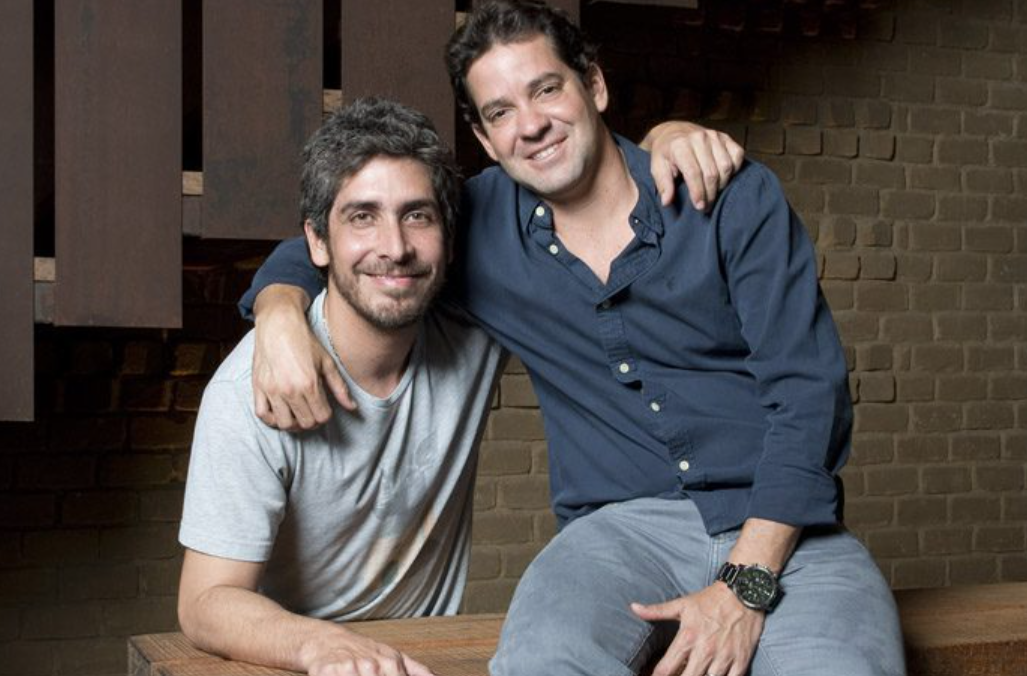Drinking beers and surfing, the idea of Osaka was born, the Nikkei restaurant that goes around the world
When Diego de la Puente decided to launch his first Peruvian-Japanese restaurant in Lima, in December 2002 (exactly 20 years ago), few people in that country had heard the concept of Nikkei food. By then, Astrid & Gastón were the only ones that had been experimenting with some fusions in gastronomy, so the proposal was risky even when Latin American cuisine was beginning its heyday.
The idea was to build a concept of Asian fusion that would integrate elements such as sushi, Thai food and the occasional Peruvian ceviche. It was then a product that sought to break into the local scene and get the world to talk about experiences through gastronomy. “No one was talking about Asian Fusion and it was not what was heard,” says De la Puente in dialogue with FORBES. “Today, how much is heard, and that has evolved, was in a certain way thanks to Osaka, a concept that came to make a difference from day zero”.
With the goal of taking cooking to another level, De la Puente, together with his partner Diego Herrera, materialized Osaka just after starting a catering business, where they offered an all you can eat sushi for US$15. It was the dream and the plan of their lives, a couple of years after the two failed in ventures and after a gap year in which they dedicated themselves to traveling the world.
“At a very young age I began to import brands from the United States to sell them as a supplier to Ripley and Falabella. However, in the 1990s there was an El Niño phenomenon in which many people went bankrupt. There I decided to close that and go to see the world. I already knew Diego and convinced him to quit his job at P&G. We went to Asia, Japan, Indonesia, Thailand, Singapore, and many countries in Europe,” De la Puente recalls on an express visit to Bogotá. “We knew we had to do something at the end of the trip, and you could say the idea was born in Bali, having beers and surfing.”
Today Osaka is in eight countries, with sales exceeding US$35 million a year. It survived the pandemic and is already consolidating operations in Chile, Peru, Argentina, Ecuador, Brazil, Colombia, the United States and London, among others. It is a restaurant that has become an export brand and has allowed them to build a holding company that in recent years has integrated new business models based on this concept.
This is the Peruvian conglomerate MCK, which has under its strategy the development and international expansion of brands such as DonDoh, Ko Asian Kitchen, Nori Taco, Kuuru, Barrio and Carnaval —one of the 50 best bars in the world—, according to the list of The World’s 50 Best Bars. De la Puente says that Osaka was only the spearhead that allowed them to continue opening restaurants in the world with the proposal of taking gastronomy to another level.
“We have been learning along the way. It is not just a story of success, but also of many failures”, says the businessman, who is also co-founder of Megabite, a foodtech that operates 12 hidden kitchens in Peru and Mexico, and which has an ambitious expansion plan in Latin America. “We are in the process of raising an investment of about $25 million to $30 million to do the next four or five Osaka in the United States.”
De la Puente, together with Herrera, are looking to build one of the most important gastronomic conglomerates in Latin America, even seeing new opportunities now when the cost of financing is high and a recession is looming, according to experts. The businessman warns that they are not afraid of high inflation, as they also plan to open a restaurant in Madrid, as well as a brand inspired by Osaka in Abu Dhabi and Riyadh, the capital of Saudi Arabia.
They do not reveal total investment amounts because, as he explains, some businesses are done through franchises, joint ventures or own operations. Integrating all its operations, this year the company expects to reach sales of US$55 million, with a projection of doubling them by 2025, with the implementation of plans in the United States, Europe and the Middle East.
“This plan integrates the openings in the United States, Dubai and Madrid (Spain),” he confirms. “DonDoh has already opened in Bogotá and the idea is to continue growing and open in Miami. There is a role on the opening side that is going to allow us to more or less get there in four years.”
De la Puente is confident that the conditions are right to continue growing after facing one of the worst turbulences in history: the pandemic. He says that while Herrera is behind the financial strategy and operations of the conglomerate, he, for his part, continues to travel in search of opportunities, to manage new assets and to take Osaka to every corner of the world.
Part of his vision is given by his love for Peruvian-Japanese food, the sea, surfing and understanding, as he says, that good products are always for export.
